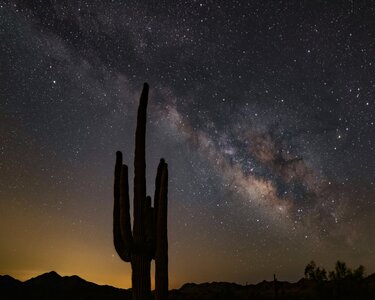Pro Member
- Joined
- Feb 19, 2021
- Posts
- 42
- Likes Received
- 138
- Name
- Kevin
Wondering if anyone in the forum has done Astro shots with the R5 (night sky, stars/aurora). Just wondering if you're finding same results with lenses as you may have gotten with your DSLR? I'm still doing some testing with a Rokinon 24/1.4 but looking like it performs better on my 6Dii than my R5. Looking to see if this is common or to be expected.

